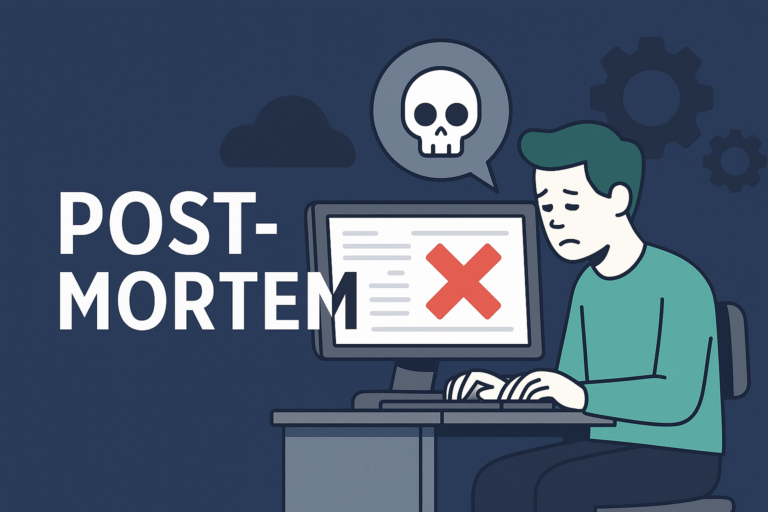What Makes a Good Postmortem in VFX or Pipeline?
May 6, 2025
vfx and anim
No products in the cart.

When something breaks in production — a lost render, a bad publish, a missing asset — the most valuable thing isn’t just fixing it.
It’s understanding why it happened and how to make sure it doesn’t happen again. That’s the purpose of a well-structured postmortem.
Here’s what a solid postmortem should include (in my personal opinion and experience):
1. Problem Summary
What happened, and how did it impact the team or pipeline?
Keep it concise and factual:
“During delivery, multiple renders were published with the wrong LUT, causing confusion during review and delays in correction.”
2. Root Cause
Not just the symptom — what was the real cause? Dig deeper:
“The LUT config file was accidentally overwritten due to lack of version control on .json files.”
3. Impact
What were the consequences?
– Incorrect or unusable outputs
– Time lost on rework
– Eroded trust in automation
4. Immediate Resolution
What was done to stop the issue right away?
“The correct LUT was restored from a local copy and the shots were re-rendered.”
5. Lessons Learned
What did this reveal about the current design, process, or practice?
“The review system only checked for the presence of a LUT, not its content or timestamp.”
6. Preventive Actions
What are we changing to ensure it doesn’t happen again?
– Add hash or timestamp checks to config files
– Introduce validation steps during publish
– Document high-risk steps in the pipeline
2025 Erik Elizalde